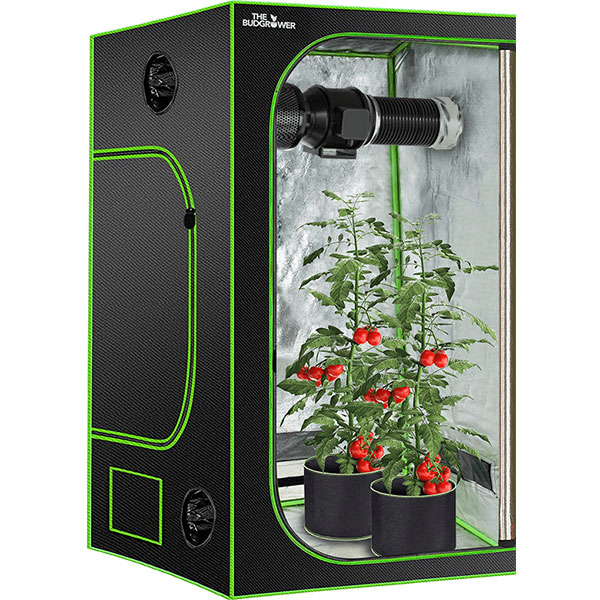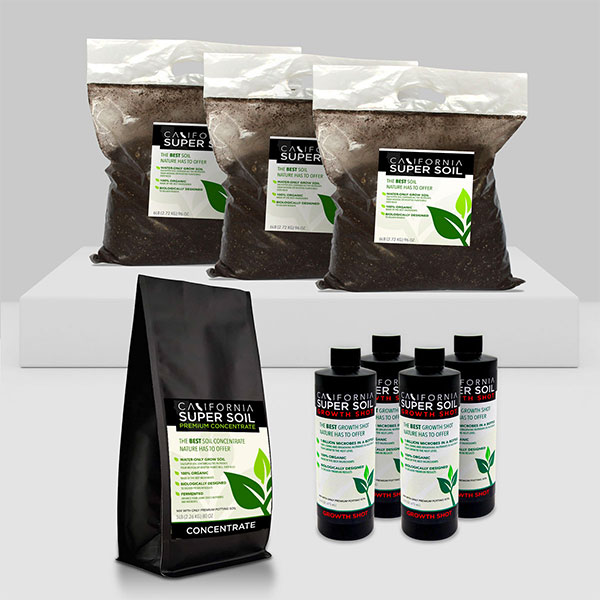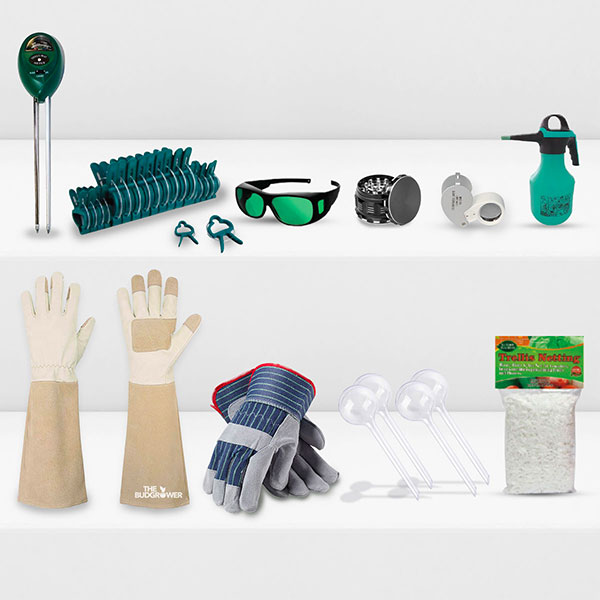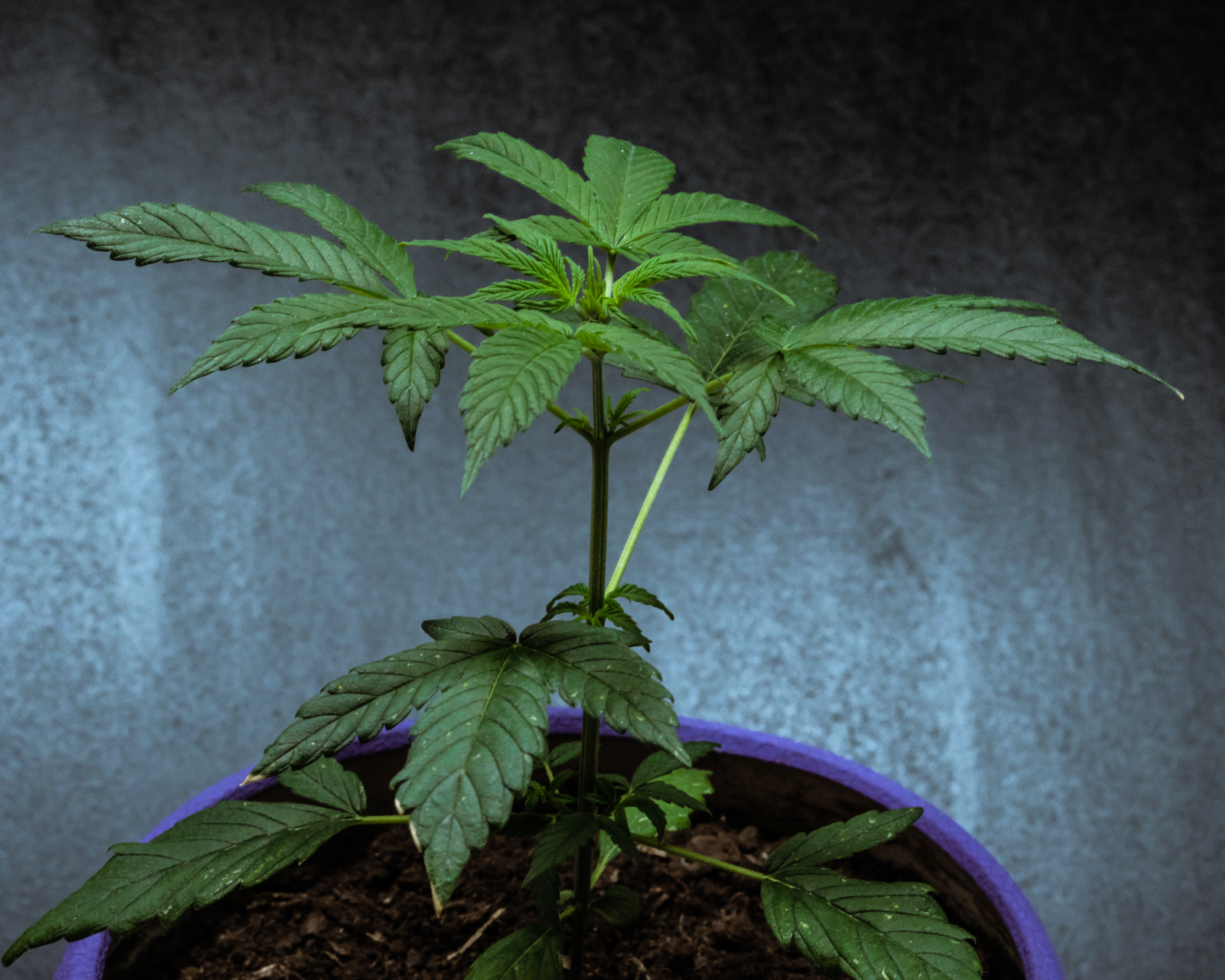For indoor horticulture to be successful, proper ventilation is essential. Setting up a grow tent with thoughtfully planned ventilation has grown in popularity. These thoughtfully designed environments provide the best growing conditions for various crops year-round.
The air movement keeps the environment healthy and conducive to the growth of your plants. It also helps prevent fungus, bugs, and stale air. In this blog, we will figure out how to set up ventilation in a grow tent in detail.
What is a Ventilation Method? How Does It Work?
Various pieces of equipment are arranged in a grow tent ventilation system to provide the ideal growing conditions for your plants.
This system keeps your grow area isolated from the rest of your house while bringing in fresh air, regulating humidity and temperature, and eliminating odors.
Naturally occurring CO2 and a light breeze keep plants moving when grown outdoors, while nature regulates humidity and temperature for you.
However, the plant caretaker must provide proper temperature, humidity, and CO2 levels when growing plants indoors.
Although it seems difficult, but it’s not that difficult. A carbon filter eliminates odors, an exhaust fan removes stale air, a duct system moves the air, and an intake grow tent fan brings fresh air.
These are the only essential components. With the correct setup, you can create a regulated, ideal atmosphere for your plants to flourish.
Significance of Ventilation
Growing cannabis successfully requires a functioning grow tent ventilation system. This is essential to the health and growth of your plants. The grow lights heat the tent; if you can’t eliminate this heat, your plants will start drying.
Second, plants exude a lot of moisture as they grow. If this excess moisture is not drained, it may absorb nitrogen. When the plant’s stomata, or pores, recognize the moisture and shut the roots, the plant is essentially starved. Uncontrolled humidity can also result in more severe problems like mold and disease.
Providing optimal growing conditions for your cannabis plants from seed to harvest requires a well-planned ventilation system. You can regulate the temperature and humidity with it to ensure your plants grow to their full potential.
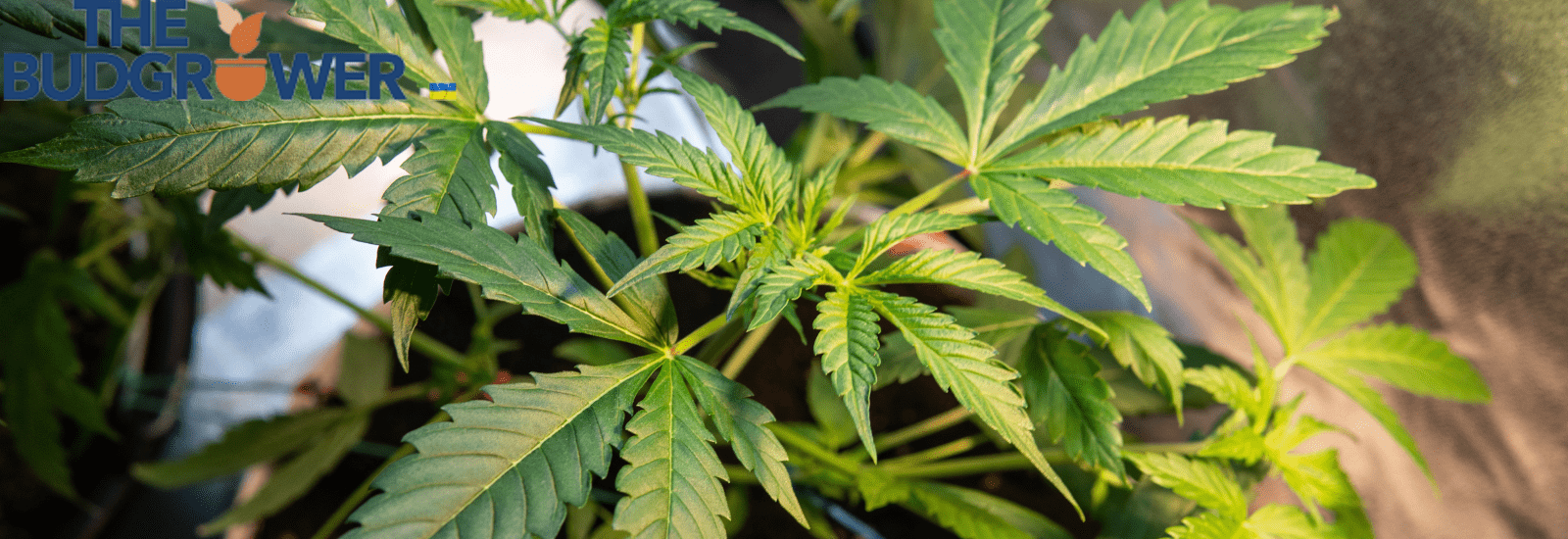 Necessary Equipment for Your Ventilation Setup
Necessary Equipment for Your Ventilation Setup
Exhaust Fan
An essential component of your arrangement includes a grow tent setup ventilation fan. Even if you could manage with only this one piece of equipment, you may not be quite satisfied on harvest day.
This tent fan removes all the heat, humidity, and odors from the growing space; it usually vents out a window or into your attic.
To move a lot of air efficiently, you will require a powerful industrial inline duct fan. When shopping, look up the pressure curve to see how much CFM (cubic feet per minute) a fan can produce with a carbon filter installed.
The fans stated that CFM would no longer be accurate after placing the carbon filter because it produces additional drag.
Intake Fan
The action of the exhaust fan is the opposite of that of the intake fan, which draws in fresh air. Without both of these, your plants wouldn’t get the fresh air, especially the CO2 they need to grow to their full potential.
Booster duct fans are suitable for intake fans, which are frequently much weaker than exhaust fans.
Circulation Fan
The intake and exhaust fans maintain a negative pressure balance while the circulation fan moves air around your plants. This is essential because it enables your plants to swing and move.
This strengthens the stems and helps prevent broken branches from flowering. It also lessens the likelihood of plant issues arising from inter-foliar contact, including powdery mildew.
These fans are essential for any grow tent setup ventilation, especially for growers using a SOG or SCROG layout, where the plants are closely placed.
Carbon Filter
The activated carbon filter is an indispensable instrument during the transfer of your plants to the flowering stage.
This filter will be your greatest buddy as those resinous blooms begin to release a strong scent. All you have to do is fasten it to your exhaust fan.
When the exhaust fan draws hot, musty air from the tent and vents it outside, the filter efficiently eliminates any odors, preserving your crop’s discretion.
Thermostat Fan-Speed Controller
If you are growing plants in a hot, humid climate, you might need to run your ventilation system nonstop. Purchasing sturdy fans is crucial if you wish to lower your energy use.
For the best ventilation, utilize the intake and exhaust fans with an inline fan speed controller and thermostat.
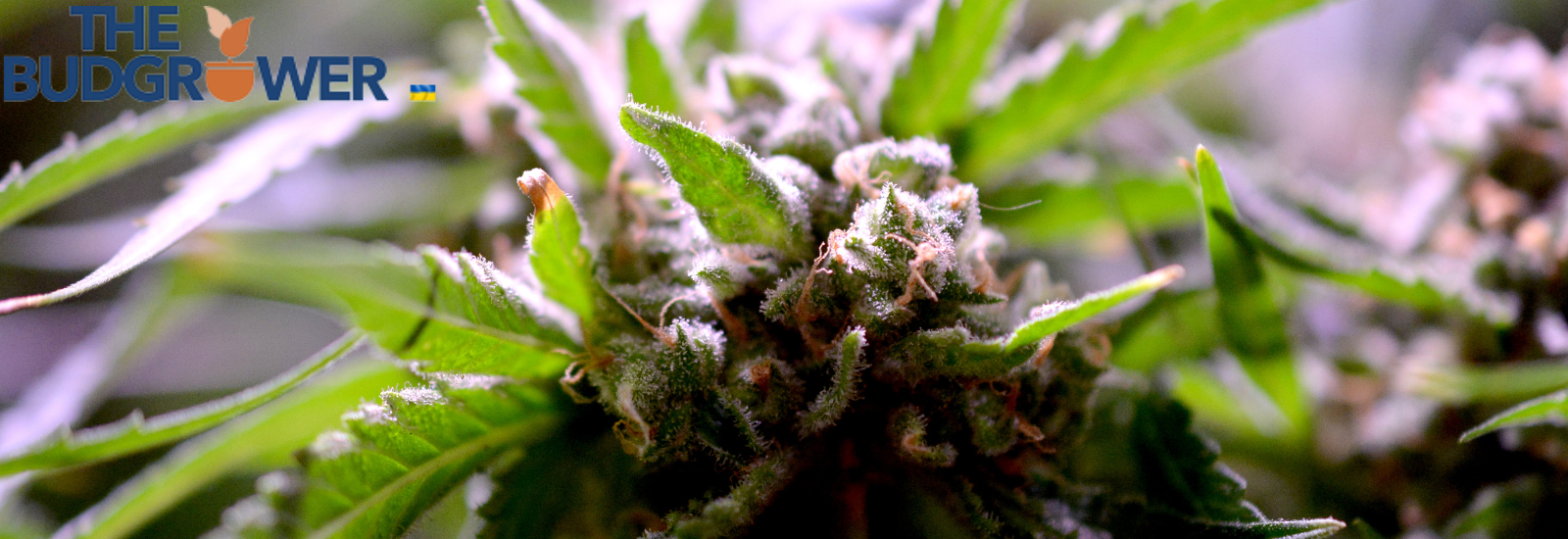 Features That Encourage Airflow
Features That Encourage Airflow
Size of the Growing Area
The amount of airflow needed in a small hobby tent is different from that in a large greenhouse for growing plants.
Estimating the right equipment for your growing cycle requires careful consideration of your crop space’s dimensions and volume.
This guarantees you the right configuration for your unique growing requirements.
Environmental Conditions
The outside temperature can influence the temperature within. On hot days, growers often turn up the CFM airflow to prevent mildew growth.
The appropriate quantity of airflow may also vary depending on the tent’s placement in a loft, basement, or insulated house.
Air Intake
In addition to active inflow, passive inflow can help improve airflow in the growing region. Carefully placed oscillating fans produce small openings at the bottom of the growing space, generating a temperature differential that promotes natural convection and allows fresh air to enter the area.
Lighting and Energy Consumption
There is no direct relationship between the suggested CFM and the light’s wattage. Conversely, high-brightness lights can use more energy and generate more heat.
Temperature rises during the growth cycle can significantly affect the growth chamber’s airflow.
Conclusion
You may want to think again before setting up a tent about adequate ventilation. Inadequate ventilation can test your patience and drastically lower your output as a gardener.
If you want strong, healthy plants and plentiful harvests, you need a strong ventilation system.

